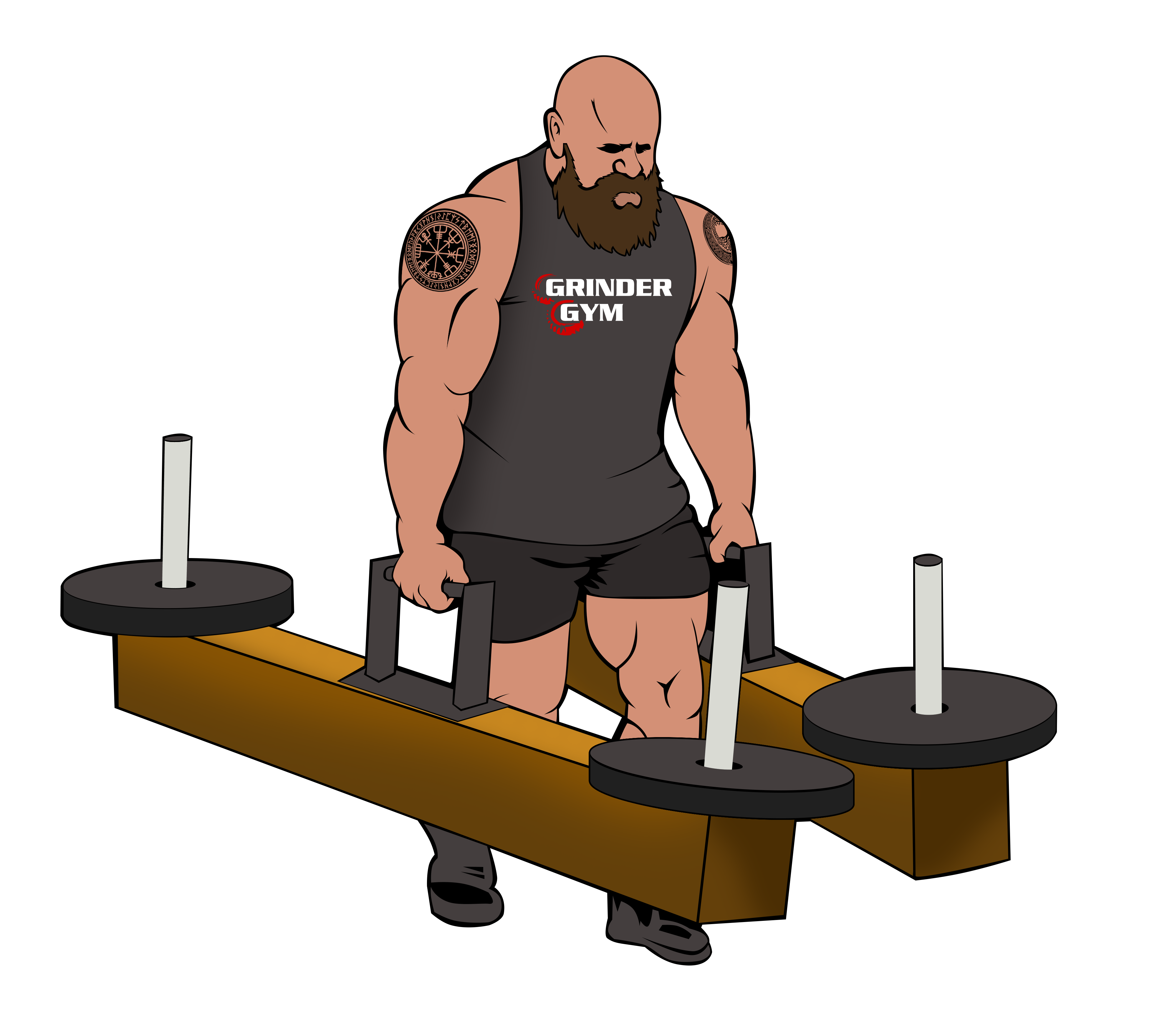Stretching with resistance can have several benefits, including:
- Improved flexibility: Stretching with resistance can help improve your range of motion and increase your flexibility. This can be especially beneficial for athletes or those who engage in activities that require a lot of physical movement. In a study published in the Journal of Strength and Conditioning Research, participants who performed static stretching with resistance experienced significant increases in flexibility compared to those who performed static stretching without resistance (Lee et al., 2011). Another study published in the Journal of Sports Medicine and Physical Fitness found similar results, with participants who performed resistance stretching exercises experiencing significant increases in flexibility compared to those who did not (Yoon et al., 2010).
- Improved strength: Stretching with resistance can also help improve your strength and muscle control, as you are working against the resistance provided by the stretch band or other implement. In a study published in the Journal of Sports Medicine and Physical Fitness, participants who performed resistance stretching exercises experienced significant increases in muscle strength compared to those who performed static stretching exercises (Yoon et al., 2010). Another study published in the Journal of Orthopaedic & Sports Physical Therapy found that resistance stretching was effective in improving muscle strength and power in athletes (Bandy et al., 1997).
- Injury prevention: Stretching with resistance can help prevent injuries by improving your muscle balance and coordination. This can be especially important for those who engage in high-impact activities or sports. In a study published in the Journal of Athletic Training, participants who performed resistance stretching exercises experienced fewer injuries and improved muscle balance compared to those who did not perform these exercises (Herbert et al., 2002). Another study published in the Journal of Orthopaedic & Sports Physical Therapy found that resistance stretching was effective in reducing the risk of muscle strain injuries in athletes (Bandy et al., 1997).
- Improved posture: Stretching with resistance can help improve your posture by strengthening the muscles that support your spine and joints. In a study published in the Journal of Orthopaedic & Sports Physical Therapy, participants who performed resistance stretching exercises experienced significant improvements in their posture compared to those who did not perform these exercises (Bandy et al., 1997). Another study published in the Journal of Physical Therapy Science found that resistance stretching was effective in improving posture and reducing back pain in elderly individuals (Lee et al., 2016).
- Reduced muscle tension: Stretching with resistance can help reduce muscle tension and stiffness, which can help improve your overall comfort and mobility. In a study published in the Journal of Physical Therapy Science, participants who performed resistance stretching exercises experienced significant reductions in muscle tension and improvements in mobility compared to those who did not perform these exercises (Lee et al., 2016). Another study published in the Journal of Sports Medicine and Physical Fitness found that resistance stretching was effective in reducing muscle soreness and fatigue in athletes (Yoon et al., 2010).
It’s important to note that stretching with resistance should be done in a controlled and slow manner, and it’s always a good idea to consult with a healthcare professional or qualified fitness instructor before starting any new exercise program.
References:
Bandy, W. D., Irion, J. M., & Briggler, M. (1997). The effect of time on static stretch on the flexibility of the hamstring muscles. Physical Therapy, 77(2), 187-192.
Herbert, R. D., de Noronha, M., & Kamper, S. J. (2002). Stretching to prevent or reduce muscle soreness after exercise. Cochrane Database of Systematic Reviews, 3
